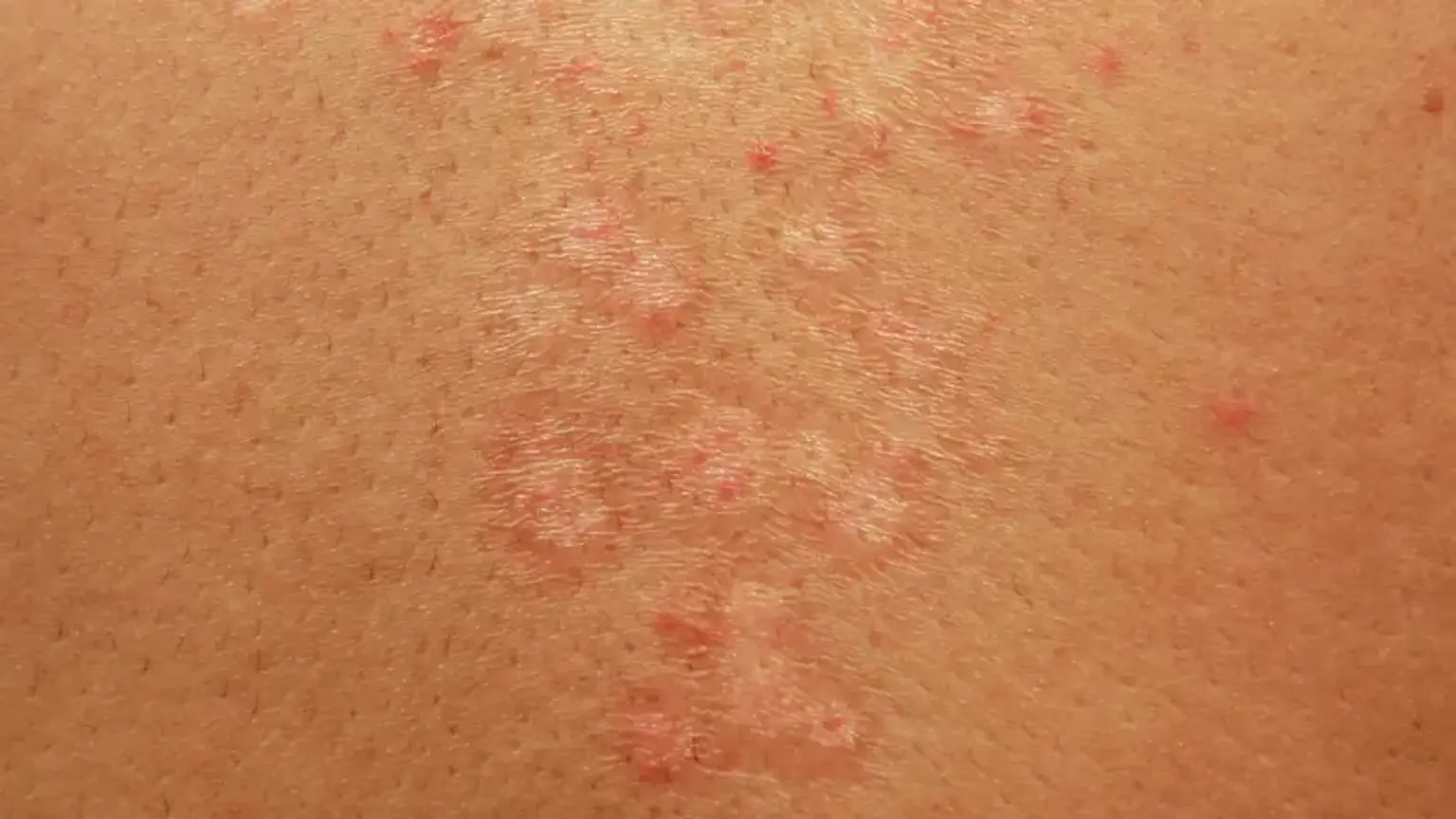Understanding Fungal Skin Infections
Fungal skin infections, or mycoses, happen when fungi grow on the skin, hair, or nails. These infections are common and can affect anyone. The most frequent types include athlete’s foot (tinea pedis), ringworm (tinea corporis), and jock itch (tinea cruris).
Symptoms vary but often include itching, redness, peeling, or rashes. Some infections cause blisters or cracks in the skin. Warm, moist environments like locker rooms or sweaty clothing increase the risk.
Fungi spread through direct skin contact, contaminated surfaces, or infected pets. People with weakened immune systems, diabetes, or excessive sweating are more vulnerable.
Timely treatment is important to prevent spreading or worsening symptoms. Mild cases respond well to over-the-counter antifungal creams, while severe infections may need prescription medication.
Topical Antifungal Treatments
Topical antifungals are the first line of defense for most fungal skin infections. These medications come in creams, lotions, sprays, and powders.
Azoles (clotrimazole, miconazole, ketoconazole) disrupt fungal cell membranes.
Allylamines (terbinafine, naftifine) block fungal growth, stopping the infection.
Ciclopirox prevents fungi from producing necessary proteins, killing the infection.
These treatments should be applied consistently for a few weeks, even after symptoms disappear, to prevent recurrence.
